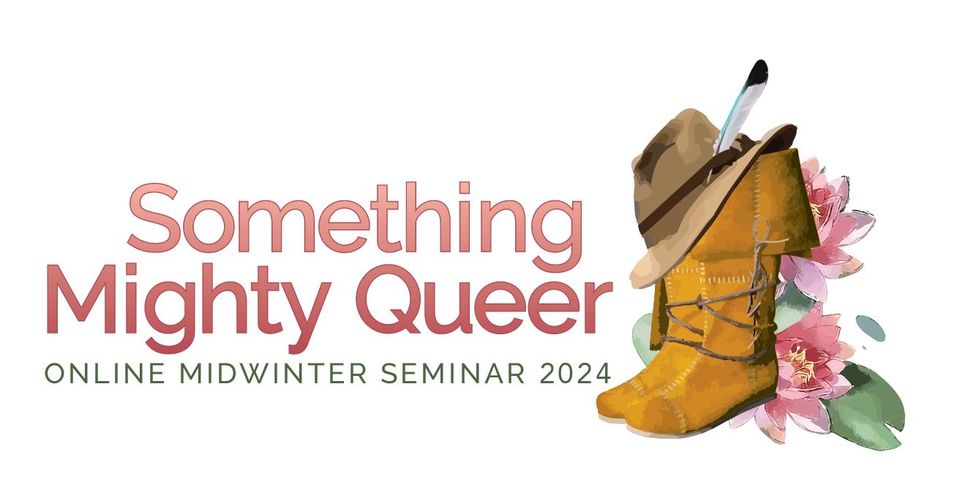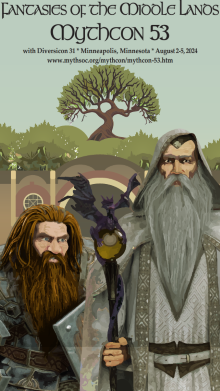"A Legacy Forced, Not Given": "Otherness" and Rape in the Morte Darthur and Tracy Deonn's Legendborn
Loading...
Event Website
https://www.mythsoc.org/oms/oms-2024.htm
Start Date
2-17-2024 6:30 PM
End Date
2-17-2024 7:20 PM
Description
Arthurian narratives have traditionally worked to establish the collective memory of a shared past that has resulted in them regularly aligning with hegemonic ideologies. The continual retelling and adaptation of the Arthurian narrative can thus be recognized as consistently relying on and upholding a narrow understanding of who is accepted within the borders of Camelot and who is made Othered, and often monstrous, by those borders. However, there has been an increase in scholarship that has begun to read and write Arthurian literature from the ‘Other side’ in a way that asks readers to consider who the Arthurian mythos have traditionally excluded, or ‘made monstrous;’ to protect, regulate, or expand its borders and what methods have been used to do so. In this paper, I will explore the way that the threat of ravishment and raptus is utilized in Malory’s Morte Darthur to create and contain the ‘borders’ of Camelot and to position Arthur as both a worthy King at home and a colonial power outside his territory. I will then explore the way that Tracy Deonn, in her young adult novel Legendborn, writes from the ‘Other side,’ using the same reliance on ravishment and raptus, to explore and dismantle the hegemonic ideologies of the medieval Arthur.
Creative Commons License

This work is licensed under a Creative Commons Attribution-NonCommercial-No Derivative Works 4.0 International License.
Included in
Children's and Young Adult Literature Commons, Comparative Literature Commons, Digital Humanities Commons, European Languages and Societies Commons, Literature in English, Anglophone outside British Isles and North America Commons, Literature in English, British Isles Commons, Literature in English, North America, Ethnic and Cultural Minority Commons, Medieval Studies Commons, Modern Languages Commons, Modern Literature Commons, Other English Language and Literature Commons
"A Legacy Forced, Not Given": "Otherness" and Rape in the Morte Darthur and Tracy Deonn's Legendborn
Arthurian narratives have traditionally worked to establish the collective memory of a shared past that has resulted in them regularly aligning with hegemonic ideologies. The continual retelling and adaptation of the Arthurian narrative can thus be recognized as consistently relying on and upholding a narrow understanding of who is accepted within the borders of Camelot and who is made Othered, and often monstrous, by those borders. However, there has been an increase in scholarship that has begun to read and write Arthurian literature from the ‘Other side’ in a way that asks readers to consider who the Arthurian mythos have traditionally excluded, or ‘made monstrous;’ to protect, regulate, or expand its borders and what methods have been used to do so. In this paper, I will explore the way that the threat of ravishment and raptus is utilized in Malory’s Morte Darthur to create and contain the ‘borders’ of Camelot and to position Arthur as both a worthy King at home and a colonial power outside his territory. I will then explore the way that Tracy Deonn, in her young adult novel Legendborn, writes from the ‘Other side,’ using the same reliance on ravishment and raptus, to explore and dismantle the hegemonic ideologies of the medieval Arthur.



Comments
Warning: Some Content May Be Inappropriate for Minors.